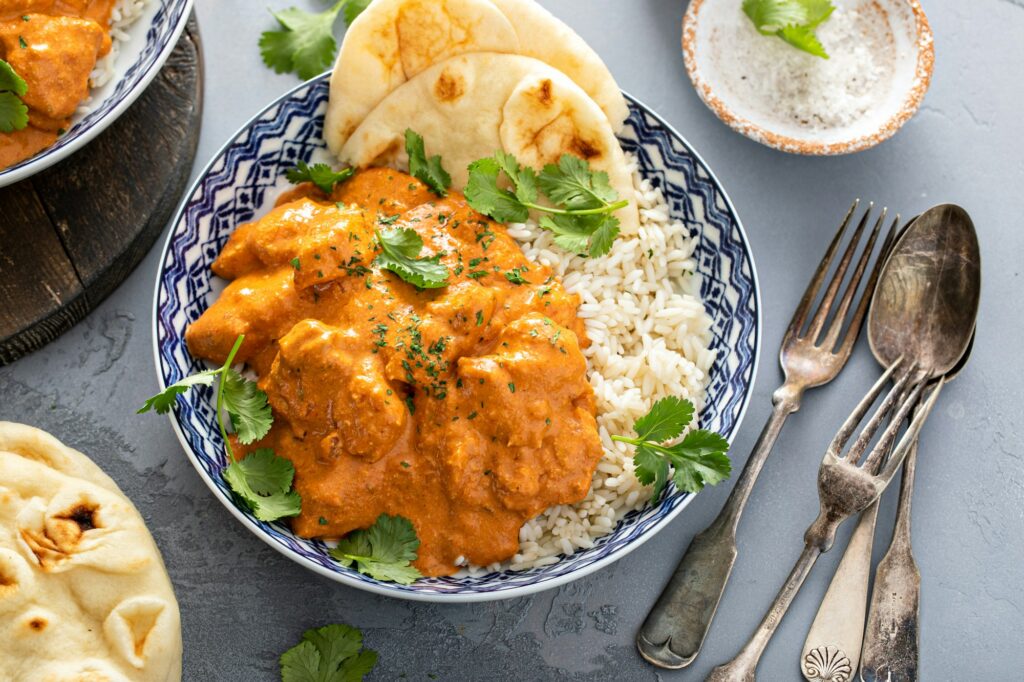Cooking chicken tenderloins to perfection is a culinary quest for many home cooks and chefs alike. The challenge often lies in making juicy chicken tenderloins. It is ensured by keeping these tender cuts moist and flavorful, avoiding the all-too-common pitfall of dry, overcooked chicken. This article delves into the art of cooking chicken tenderloins and answers to “how do you keep chicken tenderloins from drying out?”.
The key to succulent chicken tenderloins lies in understanding and applying proper cooking techniques. From the initial preparation to the final cooking stages, each step plays a crucial role in preserving the tenderness and moisture of the meat. Whether you’re a seasoned chef or a beginner in the kitchen, mastering these techniques can transform your chicken dishes, making dry tenderloins a thing of the past.
In the following sections, we will explore the unique characteristics of chicken tenderloins, identify common issues that lead to dryness, and provide strategic solutions to maintain moisture. By incorporating these practices into your cooking routine, you can enjoy perfectly cooked chicken tenderloins that are a delight to the palate.
For those seeking to enhance their culinary skills and ensure their chicken tenderloins remain moist and tender, The Kitchn offers a guide on cooking chicken breasts to perfection, which is equally applicable to tenderloins. This resource is invaluable for understanding the principles behind cooking tender poultry.
Understanding Chicken Tenderloins
Chicken tenderloins, often overshadowed by their larger counterpart, the chicken breast, hold a special place in the culinary world due to their soft texture and quick cooking time. Understanding the characteristics of chicken tenderloins and the common issues that lead to dryness is the first step in mastering their preparation.
Characteristics of Chicken Tenderloins:
- Chicken tenderloins are the smaller, more tender muscle located underneath the chicken breast. Their lean nature contributes to a mild flavor profile, making them an ideal canvas for a variety of seasonings and cooking methods.
- Due to their size and tenderness, chicken tenderloins cook more quickly than other cuts, which, while convenient, also increases the risk of overcooking and drying out.
Common Issues Leading to Dryness:
- Overcooking: The most prevalent cause of dry chicken tenderloins is overcooking. Their lean composition means there’s little fat to protect against the high heat of cooking, making it easy to surpass the point of optimal doneness.
- High Cooking Temperatures: Cooking at too high a temperature can cause the proteins in the chicken to contract quickly, squeezing out moisture and resulting in a dry texture.
- Lack of Preparation: Skipping steps like marinating or brining, which can significantly enhance moisture retention, often leads to drier chicken.
Understanding these aspects of chicken tenderloins sets the foundation for implementing techniques aimed at preserving their juiciness. By adjusting cooking methods and incorporating moisture-enhancing preparations, you can avoid the pitfalls that lead to dryness.
For additional insights into the anatomy of chicken cuts and their cooking properties, Knorr provides valuable tips on keeping chicken breast, and by extension tenderloins, from drying out.
Key Strategies to Ensure Juicy Chicken Tenderloins
Ensuring chicken tenderloins remain moist and tender requires a combination of proper preparation and mindful cooking. Here are essential strategies to keep in mind:
Proper Preparation Before Cooking:
- Marinating: Soaking chicken tenderloins in a marinade can introduce additional moisture and flavor. Ingredients like olive oil, citrus juice, or yogurt not only add taste but also tenderize the meat, enhancing its ability to retain moisture.
- Brining: A brine solution, typically made of water and salt, can significantly increase the moisture content of chicken tenderloins. The process of osmosis allows the meat to absorb liquid, resulting in juicier cooked chicken.
- Pounding: Gently pounding the tenderloins to an even thickness ensures uniform cooking, reducing the risk of overcooking thinner parts.
Importance of Not Overcooking:
- Cooking chicken tenderloins to the right temperature is crucial. The USDA recommends an internal temperature of 165°F (74°C) for chicken. Using a meat thermometer can help you achieve the perfect doneness without guessing.
- Removing the chicken from the heat source just before it reaches the target temperature can also prevent overcooking, as the residual heat will continue to cook the meat to the desired temperature.
Techniques for Maintaining Moisture:
- Low and Slow Cooking: While chicken tenderloins are suited for quick cooking, using a slightly lower temperature for a controlled period can prevent moisture loss.
- Resting: Allowing cooked chicken tenderloins to rest for a few minutes before cutting into them gives time for the juices to redistribute throughout the meat, enhancing its moisture and flavor.
Implementing these strategies can transform your chicken tenderloins from dry and tough to succulent and flavorful. Each step, from preparation to cooking, plays a vital role in moisture retention, ensuring your chicken dishes are consistently enjoyable.
For those looking for a deeper dive into cooking techniques that prevent dry chicken, Seasoned Advice on Stack Exchange offers a community-driven platform where experienced cooks share their tips and tricks.

